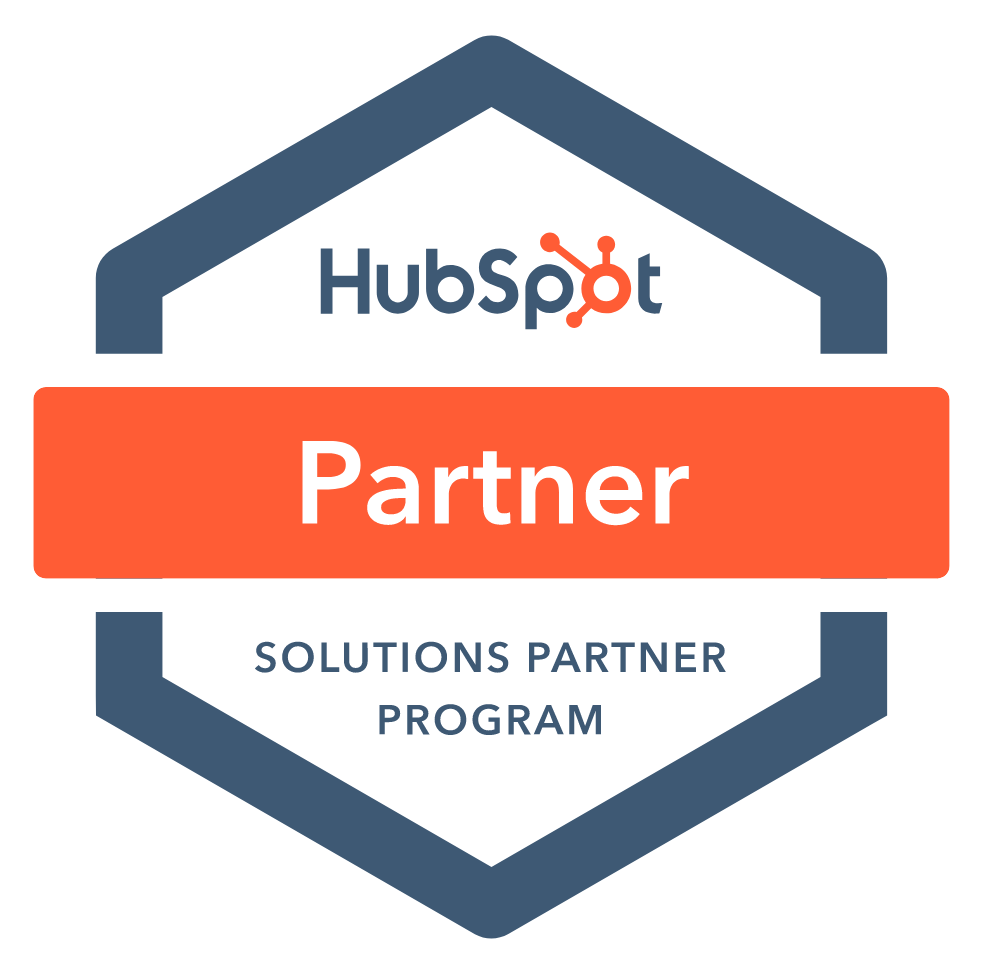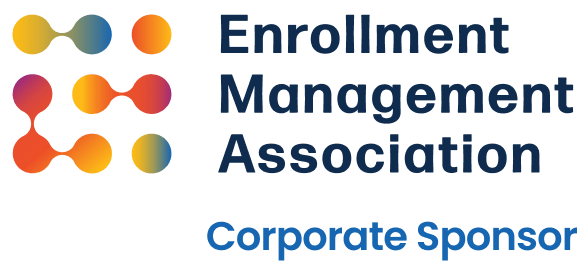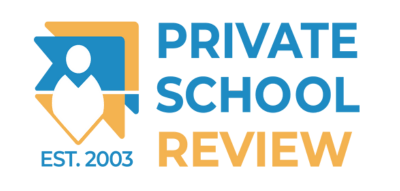By Maggie Twaroski, Truth Tree Contributer
As a school marketer, you know current and prospective families are more digitally savvy now than ever before. They’re interacting with your school across numerous channels, including your website, app, email, social media, texts, and advertisements. Not only that, but they expect prompt (or even immediate) responses to their inquiries at every touchpoint. Even if you’re operating on a large team, managing all of these marketing channels can feel like a tall order. This is where artificial intelligence (AI) comes in.
Let’s unpack some of the useful ways school marketers can use AI, as well as some limitations to consider.
Search Engine Optimization
Your SEO strategy is at the forefront of your school’s organic visibility. As a subset to your broader digital marketing strategy, SEO aims to increase your SERP rankings and make your site more discoverable to your ideal prospects. But as school marketers know all too well, creating SEO content can be a tedious process. Doing keyword research, finding links, creating tags, writing meta descriptions and alt text–these are just a few of the tasks that can eat up your time. AI can automate much of this work and even provide some advanced guidance on SEO analytics, like evaluating your current SERP rankings and optimizing new or existing content.
Benefits of AI in SEO
Perhaps the most useful application of AI in SEO is its ability to autonomously interpret data and make suggestions. For example, a STEM school looking to boost their organic searches could use an AI tool like INK to identify the most relevant STEM keywords based on a single topic–all within the context of their intended audience and content objectives. Many of these SEO tools are also equipped with advanced NLP (natural language processing) capabilities, which means the data it comes up with is highly contextualized to your content. Marketers can then use this data to take out the guesswork and improve factors like keyword optimization and content structure.
Limitations of AI in SEO
Although AI is capable of optimizing your content, it’s not without limitations. In fact, using AI the wrong way can potentially hurt your rankings. Google has made it clear that while it approves of AI-generated content broadly, it does not favor AI-generated content produced strictly for SEO purposes. For example, a blog post copied straight out of ChatGPT, poorly written and stuffed with keywords, would be a red flag for Google’s SEO algorithm (not to mention a poor representation of your school’s brand).
Speaking of algorithms, remember that new “E” Google added to their E-E-A-T formula last year? You’ll want to keep that in mind when creating AI-generated SEO content. AI can help you create content that demonstrates your expertise, authoritativeness and trustworthiness, but that new E–”experience” is where AI can fall short, and where you’ll have to step in with your unique input. Google added this E in part to raise the bar on its standards and to prevent spammy AI content. Your prospects want to see the real-world experiences taking place at your school, and that requires a level of creativity and human input that AI can’t quite match.
Communication
Now that schools are expanding their communication channels to include texts, apps, and portals (among others), school marketers are faced with the important task of maintaining prompt, effective communication across all of these channels. Constituents expect clear, engaging and transparent messaging every time–an expectation that can be challenging for busy marketers to execute, but not for AI. Predictive analytics and virtual assistants are among the most useful applications of AI in school communications.
Predictive Analytics
Your constituents will have varying preferences on how they interact with your school, and it’s your task to adhere to those and utilize them for conversions. AI-enhanced tools like Braze can analyze how users are engaging with your school and help you create targeted campaigns according to their preferences. What are their communication patterns? Which channels do they use most often? When are they most active? AI will collect answers to these questions and use predictive analytics to send relevant messages at exactly the right time, so you can improve deliverability and conversion. For example, a Montessori school looking to increase their parent engagement could use AI to assess which families are actively communicating with the school and which ones aren’t. Marketers can then use that data in tandem with their AI-powered campaigns to target parents who need more support.
Virtual Assistants
Aside from traditional communication channels like email, text or a mobile app, more families are starting to engage with online communication via virtual assistants, or “chatbots.” Prompt communication is a top priority for your prospects, and many are turned off by the notion of submitting an inquiry on a contact form and waiting for a response. School marketers can use tools like ServiceNow to provide thoughtful, immediate answers to visitors’ questions through chatbots. In the event of more complicated questions that need additional human input, your team can seamlessly step in to answer questions manually. But for most user interactions, chatbots are a helpful 24/7 solution for busy marketing teams wanting to outsource some of their inquiries.
Personalization
Personalization has evolved from a nicety to a necessity in school marketing, but antiquated software can make it challenging to implement highly-personalized campaigns at scale. AI can streamline the process by analyzing data across all your marketing channels. Emails, texts, ads–you name it, AI can personalize it. By extracting information on user behavior and interests, AI can create clear user profiles and automatically incorporate personalization details into your campaigns, so you can ensure every message you deliver is highly relevant to the recipient.
Segmentation
Segmenting your contact lists is one of the most important things you can do for your school marketing strategy, since you’ll be delivering different campaigns depending on the recipient’s stage in the enrollment process. Knowing exactly what stage your prospects are in is crucial to creating messages that will resonate with them and move them further along in the enrollment funnel. Most marketers are using some type of automation tool to segment their campaigns, but AI provides an additional level of support. While basic automation tools can provide the necessary data for you to create your own campaigns, AI can use this data to create campaigns autonomously. For example, AI-enhanced tools like Kameleoon can identify highly-specific segments and trigger personalized marketing actions.
Content Suggestions and Advanced Testing
Let’s take email marketing for an example of AI’s personalization capabilities. In addition to segmenting your email list with real-time data, AI can offer suggestions for subject lines and relevant email copy (such as an upcoming event at your school) that aligns with each recipient’s current engagement, behavior and interests. AI can also perform more advanced A/B testing that measures the success of your campaigns within the context of each segment. For example, parents of a first grader may have different preferences on the style and tone of your emails than the parents of a 12th grader. Marketers at K-12 schools can use AI to conduct ongoing A/B tests within different grades to learn more about their audience and refine their campaigns.
Content Creation
As a school marketer, much of your time is dedicated to conceptualizing and creating content across all your marketing channels. The problem is, “content creation” is a bit of a misnomer–you’re actually doing a lot more than creating the content itself. You’re also handling the tedious tasks involved in the buildup and execution of that content, like writing content briefs, outlines, headlines, captions, and more. Delegating these tasks to AI can free up your time to focus on the more creative aspects of your content that need a human touch.
Create New Content
Creating new content from scratch can be simplified when using AI for brainstorming or administrative purposes. For example, you could use AI to generate a list of topics for your school’s blog based on the general themes you’re considering. Once you’ve chosen and fine-tuned your topic, you can use it to create an outline or even generate some images or infographics. Once you’ve written the blog post, you can use it to generate some options for promotional captions. AI-powered tools like Jasper can enhance your content even more by aligning it with your school’s unique brand voice. Though important in any school, this feature is particularly useful for independent schools with specialized offerings. For example, a Catholic school would want this feature in order to ensure the language of their content is consistent with their faith-based values.
Improve Existing Content
Aside from creating new content, AI can also help you optimize existing content. For example, you might consider using AI to refine your advertisements to make your ad copy more targeted. Since it can analyze hundreds of experiments at once, AI can predict which ads will perform best with your audience. You can apply this to any of your other content channels as well, from your website to your social media platforms. AI will analyze how well your content is performing in these spaces and offer suggestions for improving text, visuals, layout, and more.
How Should School Marketers Approach AI?
It’s no secret that AI has disrupted traditional education in the last year, pushing both optimism and uncertainty into numerous facets of education, including marketing. Some may want to use AI for everything, others may want to reject it altogether. The right approach lies in the middle. School marketers should view AI as a supplemental tool they can use to complete administrative tasks and comprehensive data analysis.
When implemented strategically, AI can leave you with more time to focus on the creative and intricate aspects of your marketing by eliminating manual processes. In other words, it’s not the be-all-end-all, but it does have the potential to lighten your load and provide data-centric guidance. And that fact alone can be a game changer for busy marketers wanting to step further into a competitive digital age.











